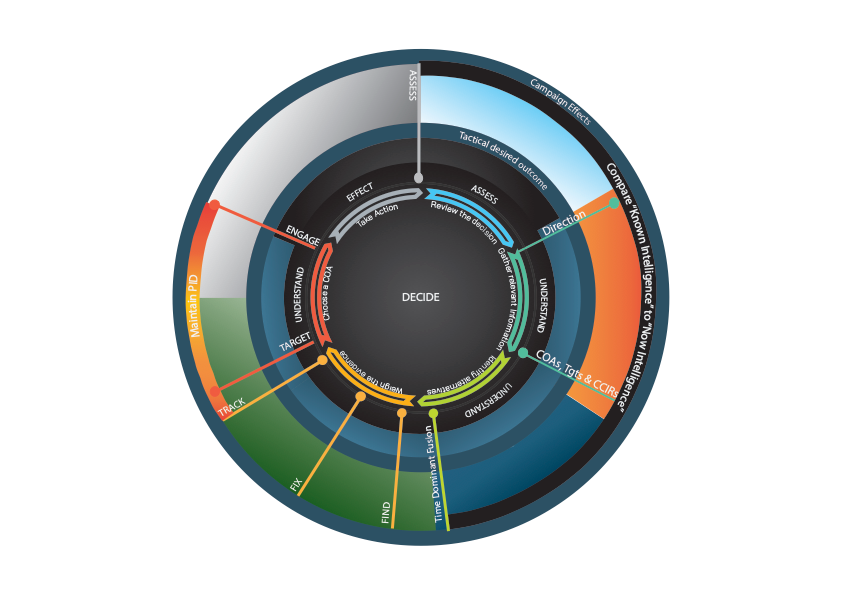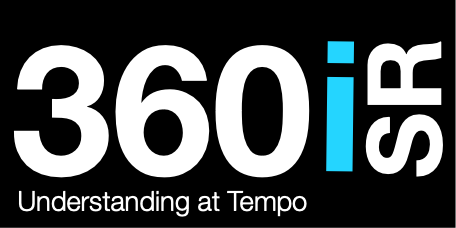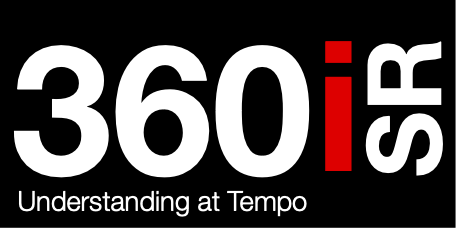The Future
ISR is changing, or it should be....

Future of ISR
In the dynamically changing environment, global security more and more relies on Intelligence, Surveillance, and Reconnaissance. Recent improvements in technology together with changes in the geopolitical landscape bring dramatic turnarounds in the future prospect of the role of ISR in military strategy and operations. This article examines expected new developments in this area and further increased significance of ISR with respect to some of the latest strategic documents: USAF ISR Strategic Vision 2032, NATO Capstone Concept, and current CONOPS.
Forces that Will Drive ISR Transformation
The nature of the changing character of warfare is incredibly fast-moving, driven by strategic rivalry between global powers like China and Russia and the increasing pace at which digital technologies are emerging, not to mention information warfare's heightened prominence. These factors thereby demand a robust, adaptive, and efficient ISR framework that will be able to act at increased velocity but also with precision and resilience.
Developments in ISR Strategy
Data-Driven, Problem-Centric Operations
The future of ISR is shifting from traditional product-centric models to data-driven and problem-centred operations. The emphasis in this shift will be on having real-time intelligence tailored to the needs of a specific operational requirement. The ISR Strategic Vision 2032 allows for the establishment of an overarching sensing grid, bringing together the disparate sources of data with advanced analytics, machine learning, and AI that transform raw data into usable intelligence in order for it to drive decision-making, ensuring that commanders get the most accurate and relevant information on time.
Digital Modernization
ISR operations are thingifying into digital transformation. This includes the development of a digital, cloud-based infrastructure that will sustain data-centric operations and the seamless integration of ISR with command-and-control systems. Touching on the human capital element, the strategy aims to further train ISR professionals in the areas of digital literacy, AI applications, and advanced analytics to ensure a competitive advantage in intelligence operations.
Integration of ISR and Targeting
Overall, closing kill chains successfully mandates the integration of ISR with targeting systems. AI plays a central role in this kind of integration that provides for rapid and accurate data to engage targets with precision. That will shorten the time from detect to engage, making military operations more lethal and responsive.
Enhanced Decision Superiority through AI
The contribution of AI in ISR cannot be overemphasized. AI supports speedy decision-making through the fast processing of large data volumes, enables real-time situational awareness, and facilitates predictive analytics. It makes the commanders foresee the movements of the adversaries and take pre-emptive action with regard to the threats. The problem-centric approach ensures intelligence is tailored toward specific operational challenges, enables dynamic targeting, and maintains decision superiority.
NATO's vision for the future of warfare
NATO's Warfighting Capstone Concept provides a framework to take on future warfighting against the shifting security environment. It points toward the need for individuals with a proactive mindset, effective connectivity, and speed at scale. The NWCC describes five warfare development imperatives: Cognitive Superiority, Layered Resilience, Influence and Power Projection, Cross-Domain Command, and Integrated Multi-Domain Defence. These will be guiding imperatives in ensuring that NATO retains military advantage in a continued manner up through the year 2040.
Challenges and Opportunities
The evolution of ISR operations brings with it challenges and opportunities, such as:
- Data Overload: Ensuring efficient processing and analysis systems to go through the vast amounts of data.
- Cybersecurity: Keeping the ISR systems safe from cyber threats
- Interoperability: Ensuring the seamless interface between the diverse array of ISR platforms and with allied forces.
- Advanced Analytics: Using AI and machine learning to extract deeper insights and provide predictive capabilities
- Human-Machine Teaming: Radically improving operational effectiveness by operationalizing collaboration between human analysts and AI systems.
- Persistent Surveillance: This would ensure that it is through resilient and survivable platforms, able to monitor all the time, and providing updates in real-time.
Conclusion
The future of ISR is characterized by technology innovation, integration, and problem-centred operations. By adopting advanced technologies and maintaining a culture of continuous improvement, the ISR enterprise can be agile, precise, and scalable in its continued operations to provide accurate intelligence in real time that will further enhance the effectiveness and precision of military operations in an increasingly complex and challenged global environment.
Leaving aside the onset associated with the evolution in the global security landscape, the place and role of ISR within the context of military superiority cannot be understated. In this regard, the strategic visions put in place by both the USAF and NATO provide a roadmap for these changes, emphasizing the fact that ISR will continue to be at the forefront of military operations for at least the next several decades





